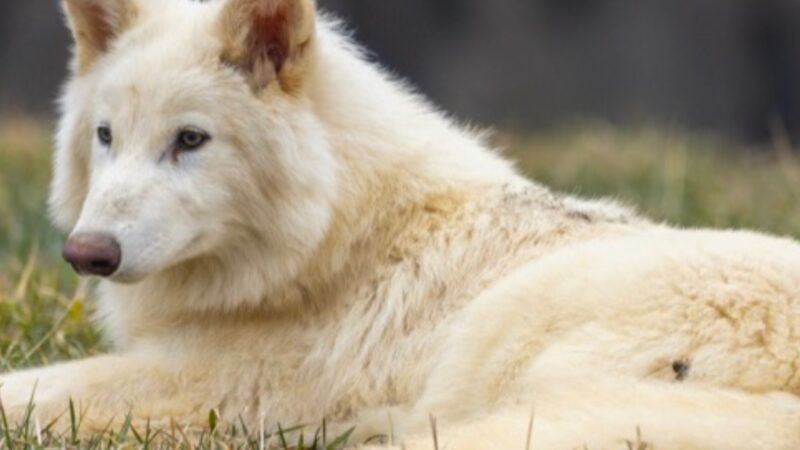Dire Wolf Facts: Size, Habitat, & Why It’s Extinct
Dire Wolf: The Legendary Prehistoric Predator
For decades, the Dire Wolf has captivated scientists, fossil enthusiasts, and pop culture fans alike. Often associated with fantasy thanks to shows like Game of Thrones, the real-life Dire Wolf was a very real apex predator that once roamed North and South America during the Ice Age.
From its fossil record to evolutionary mystery, let’s explore the powerful history of the Dire Wolf.
Where Did Dire Wolves Live?
Dire Wolves were widespread across the Americas, with fossils found from Alberta, Canada to Bolivia in South America. The La Brea Tar Pits in Los Angeles are one of the richest sources of Dire Wolf fossils—over 4,000 individuals have been excavated there!
These wolves thrived in open grasslands, plains, and sometimes forested areas, often hunting large herbivores that roamed during the Ice Age.
🧬 Are Dire Wolves Related to Modern Wolves?
Despite the name, Dire Wolves were not just “big wolves.” For years, scientists believed they were close relatives of the gray wolf (Canis lupus), but new genetic research paints a different picture.
A 2021 study using DNA from Dire Wolf fossils revealed that Dire Wolves were genetically distinct, belonging to an entirely separate lineage that split off from the ancestors of modern wolves nearly 6 million years ago.
🔍 In fact, their genus is no longer Canis but Aenocyon, which means “terrible wolf.”
💪 Physical Characteristics
The Dire Wolf was more robust and muscular than modern wolves, built for taking down megafauna like camels, bison, sloths, and even young mammoths. Its massive jaw and teeth could crush bone, making it both a predator and a scavenger.
⚔️ Social Behavior & Hunting
Like modern wolves, Dire Wolves are believed to have hunted in packs, which would have been necessary for taking down large prey. Fossils often show multiple individuals dying together—perhaps trapped while scavenging at the La Brea Tar Pits.
They likely competed with other Ice Age predators such as:
☠️ Why Did Dire Wolves Go Extinct?
Dire Wolves disappeared roughly 10,000 years ago, at the end of the last Ice Age. The exact reasons remain debated, but likely factors include:
🧑🔬 Pop Culture & Legacy
Thanks to Game of Thrones, where Dire Wolves were depicted as giant, loyal companions, public fascination with these prehistoric beasts has exploded.
But even without fiction, the real Dire Wolf’s story is rich with drama and mystery. Their evolutionary divergence, their Ice Age dominance, and their sudden disappearance make them one of the most intriguing extinct species ever studied.
🧠 Fun Facts














Post Comment